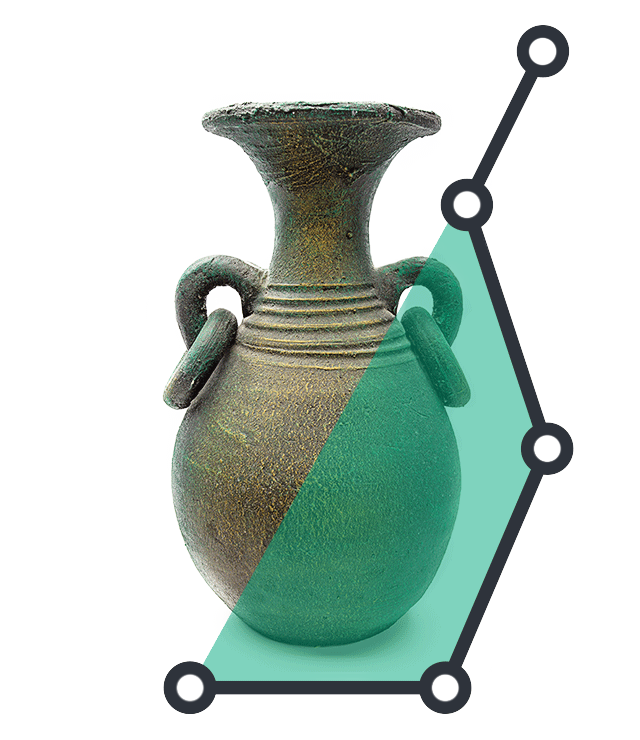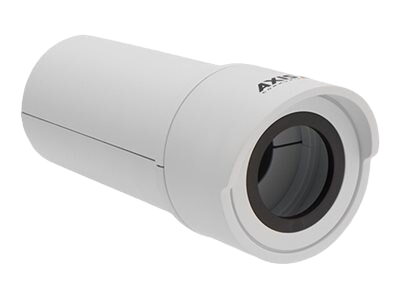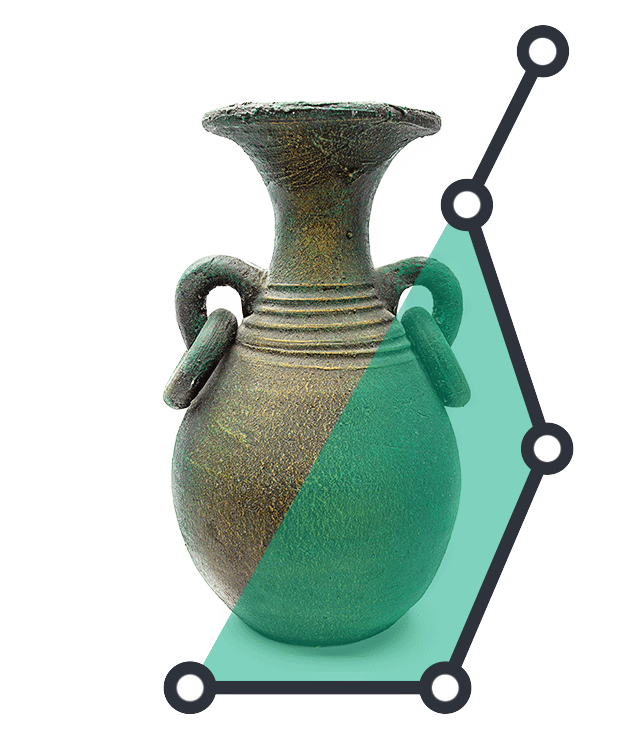Museums go to great lengths to protect artwork from damage or thieves – whether the art is in a building or in transit.
The level of protection will vary greatly depending on the facility’s budget and the value of each piece. Typically, multiple measures should be in place, including alarm systems, personnel, visitor, and environmental policies. For example, climate control measures regulate temperatures and humidity which protect delicate artifacts.
Here is a closer look at some of the ways that museums and other cultural properties look after the artwork that they vigilantly safeguard 24/7.
Technology
Art Sentry’s patented technology works on multiple levels and offers various benefits. For starters, it helps protect historical objects and artwork and avoid the costs associated with damage and repairs.
Most people honor museum instructions that require guests to keep a safe distance. No one should back into a painting, trip and fall into a sculpture, or risk damaging artwork while taking a selfie.

 Our camera-based, motion-detection zone is customized by you, creating an invisible protection area around each precious piece of art. When anyone enters the protected zone, they trigger the system and receive a warning. An automated voice gently reminds anyone that they’re too close (without discrimination or potentially singling out a demographic group).
Our camera-based, motion-detection zone is customized by you, creating an invisible protection area around each precious piece of art. When anyone enters the protected zone, they trigger the system and receive a warning. An automated voice gently reminds anyone that they’re too close (without discrimination or potentially singling out a demographic group).
As a critical addition to the existing human security force, the Art Sentry system improves protection and can save money for museums and cultural properties. Visitors prefer audible alerts over these potentially stressful interactions. Museum executives say they receive far fewer complaints regarding their security forces and they see improved scores on visitor comment cards. Additionally, guards focus more on positive visitor interactions, creating even better guest experiences.
Some museums immediately implement the technology in each of their galleries. Others start with a limited approach and measure the impact on one area of the collection.
Security Guards
Museums need security guards to be a physical presence. They can help keep an eye on artwork and guests. Knowing they’re around, visitors may be less likely to break museum rules. Although they can’t be everywhere at once, guards can circulate through museums and focus on the most important exhibits. They can also provide directions and answer some questions.
Cameras
 Security cameras can deter anyone from touching or stealing artwork. Visitors or criminals will know their actions will be recorded. Most systems record this footage which can be reviewed later if an incident occurs. Authorities can use the video recording while they pursue a vandal or thief.
Security cameras can deter anyone from touching or stealing artwork. Visitors or criminals will know their actions will be recorded. Most systems record this footage which can be reviewed later if an incident occurs. Authorities can use the video recording while they pursue a vandal or thief.
The Art Sentry system offers added value because the audible alerts trigger an immediate reaction, in most cases preventing a touch, and also allow for real-time response by the security function. Museum personnel can simultaneously see when someone touches artwork or attempts to remove it.
Insurance
To minimize exposure, museums have insurance for multiple purposes, including if there is damage or if something is stolen. But the policies vary greatly depending on the value of the artwork within the collection. Coverage can range from buildings and artwork (visible and in storage) to guests and employees. Insurance can limit the financial impact of damage or loss to museums but does not account for the fact that in most cases these are irreplaceable artifacts.
Fire Protection
Museums can protect paintings, sculptures, and other items from some fires that start inside or out. For example, structures can feature fire-resistant material. Even some outdoor plants can be fire resistant, and exterior sprinkler systems can be activated in case of a nearby fire. For interiors, sophisticated fire-suppression systems are designed to extinguish a fire quickly while minimizing damage to artwork. Options include water or gas agents. The facilities also feature ventilation systems that can help direct smoke.
Glass
Although museums sometimes resist covering artwork with glass, it protects anything from a priceless painting to an ancient artifact. Many museums feel the reflective nature of glass detracts from the viewing experience and limit the ability to assess the texture of the painting surface. The glass can feature coatings and block UV rays, but most pieces aren’t near windows. Even when there is glass, the Art Sentry system will still be an effective way to help prevent touching – and the possible damage that can happen if the glass breaks.
Hands-On Exhibits
Sometimes guests are so eager to touch the art that museums grant their wish. They don’t provide access to the authentic exhibit. But they offer similar interactive exhibits where people can touch comparable materials and other items. The experience reminds guests about the importance of respecting real artwork.
Museums will continue to look for the best solutions that preserve artwork while allowing guests to have exceptional experiences. Art Sentry meets both of those objectives.
***
Would you like a free demo of our patented software? Contact us and we’ll show you the benefits of the Art Sentry system.




